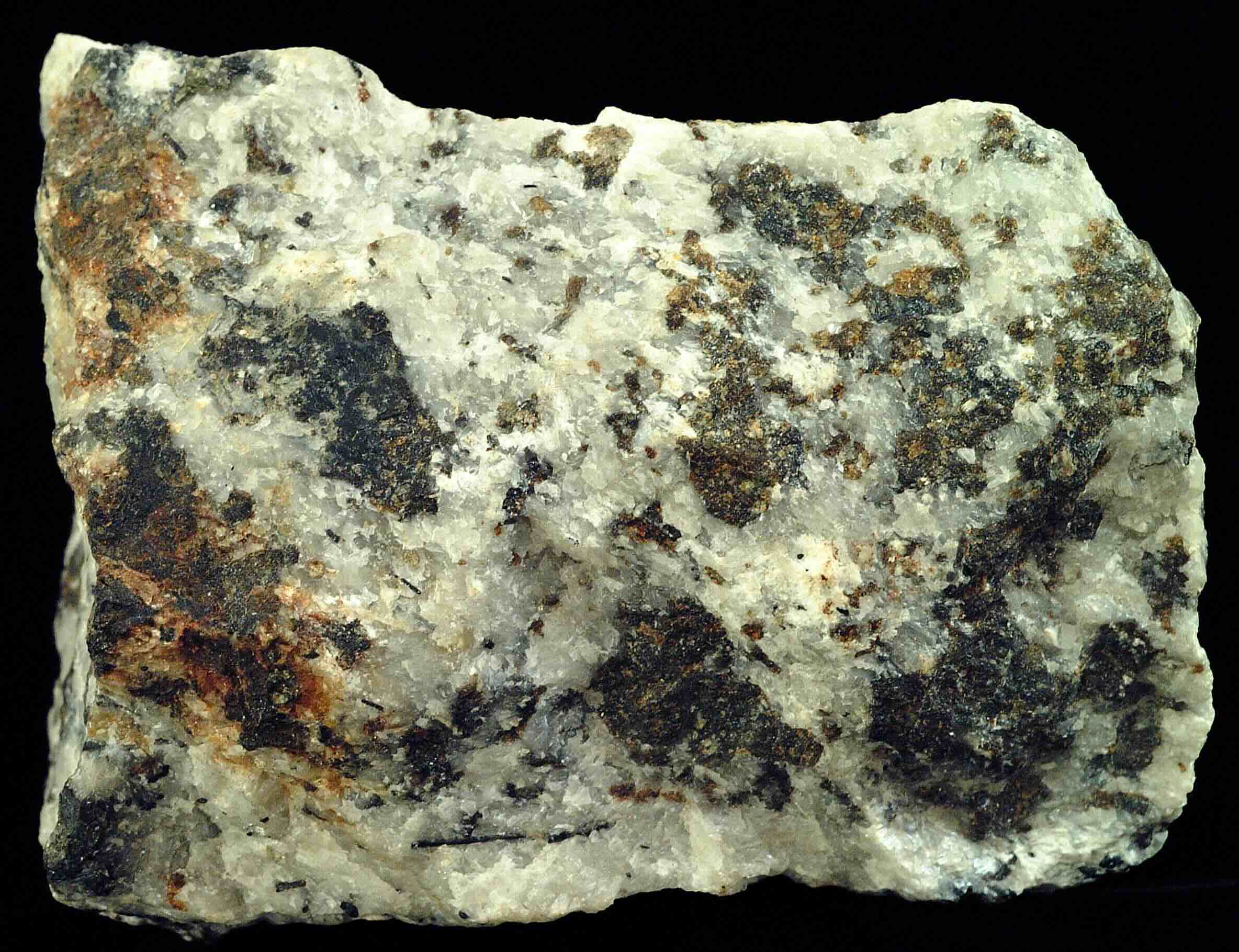
Warwickite is a rare mineral that often flies under the radar, but it holds some fascinating secrets. Found primarily in metamorphic rocks, this mineral boasts a unique blend of elements like boron, magnesium, and iron. Did you know that warwickite was first discovered in Warwick, New York, giving it its name? Its crystal structure is quite intriguing, often forming slender, prismatic shapes. Collectors and geologists alike are drawn to its distinct brown to black hues. Whether you're a budding geologist or just curious about the natural world, these 30 facts about warwickite will surely spark your interest. Buckle up for a journey through the captivating world of this lesser-known mineral!
Key Takeaways:
- Warwickite is a rare mineral with unique properties, found in places like New York, California, and Norway. It's used in boron compound production and valued by collectors for its rarity.
- Warwickite's discovery in the 19th century paved the way for understanding borate minerals. It's not soluble in water, stable in various conditions, and can even glow under UV light.
What is Warwickite?
Warwickite is a rare mineral that many people might not have heard of. It has unique properties and an interesting history. Let's dive into some fascinating facts about this mineral.
-
Warwickite is a borate mineral composed of magnesium, iron, titanium, and boron.
-
It was first discovered in 1838 in Warwick, New York, which is how it got its name.
-
The mineral typically forms in metamorphic rocks, especially those rich in boron.
-
Warwickite crystals are usually prismatic and can be found in colors ranging from brown to black.
-
It has a hardness of 3.5 to 4 on the Mohs scale, making it relatively soft compared to other minerals.
Chemical Composition and Structure
Understanding the chemical makeup of Warwickite can help us appreciate its unique characteristics.
-
The chemical formula for Warwickite is (Mg,Fe)3Ti(O,BO3)2.
-
It belongs to the orthorhombic crystal system, which means its crystals are shaped like elongated rectangles.
-
Warwickite's structure includes both oxygen and borate groups, which contribute to its unique properties.
-
The presence of titanium in Warwickite gives it a slight metallic luster.
-
It can also contain trace amounts of other elements like aluminum and manganese.
Where is Warwickite Found?
Warwickite is not just limited to its namesake location. It can be found in various parts of the world.
-
Besides New York, Warwickite has been found in other parts of the United States, including California and Nevada.
-
It has also been discovered in countries like Norway, Italy, and Russia.
-
The mineral is often associated with other borate minerals such as ludwigite and szaibelyite.
-
Warwickite is typically found in skarns, which are types of metamorphic rocks formed by the interaction of magma with carbonate rocks.
-
Some of the best specimens of Warwickite come from the Franklin Marble in New Jersey.
Uses and Applications
While Warwickite is not as well-known as other minerals, it has some interesting uses.
-
Due to its boron content, Warwickite can be used in the production of boron compounds.
-
It is also studied by mineralogists and geologists to understand the conditions under which it forms.
-
Warwickite specimens are highly valued by collectors due to their rarity and unique appearance.
-
The mineral's titanium content makes it of interest for research in materials science.
-
Warwickite can also be used as an indicator mineral in geological surveys to locate boron-rich deposits.
Interesting Facts
Here are some more intriguing tidbits about Warwickite that you might find surprising.
-
Warwickite is often found in association with magnetite, a common iron oxide mineral.
-
The mineral can sometimes exhibit pleochroism, meaning it appears to change color when viewed from different angles.
-
Warwickite has a specific gravity of 3.4 to 3.5, which is relatively high for a borate mineral.
-
It is not soluble in water, making it stable in various environmental conditions.
-
Warwickite can sometimes be fluorescent under ultraviolet light, showing a weak yellow glow.
Historical and Cultural Significance
Warwickite has a rich history and has been part of various scientific studies over the years.
-
The first detailed description of Warwickite was published by the American mineralogist James Dwight Dana in the mid-19th century.
-
It was one of the first borate minerals to be discovered in the United States.
-
Warwickite has been used in educational settings to teach students about mineralogy and crystallography.
-
The mineral has also been featured in various scientific journals and publications over the years.
-
Warwickite's discovery helped pave the way for further exploration and understanding of borate minerals in North America.
Final Thoughts on Warwickite
Warwickite, a rare and fascinating mineral, holds a unique place in the world of geology. Its distinct properties, such as its orthorhombic crystal structure and varied color palette, make it a subject of interest for both scientists and collectors. Found primarily in metamorphic rocks, this borate mineral has a rich history and intriguing formation process. Understanding warwickite not only broadens our knowledge of mineralogy but also highlights the incredible diversity of Earth's geological makeup. Whether you're a seasoned geologist or just someone curious about the natural world, warwickite offers a glimpse into the complexity and beauty of minerals. Keep exploring, stay curious, and who knows? You might just stumble upon a piece of warwickite yourself someday.
Frequently Asked Questions
Was this page helpful?
Our commitment to delivering trustworthy and engaging content is at the heart of what we do. Each fact on our site is contributed by real users like you, bringing a wealth of diverse insights and information. To ensure the highest standards of accuracy and reliability, our dedicated editors meticulously review each submission. This process guarantees that the facts we share are not only fascinating but also credible. Trust in our commitment to quality and authenticity as you explore and learn with us.
